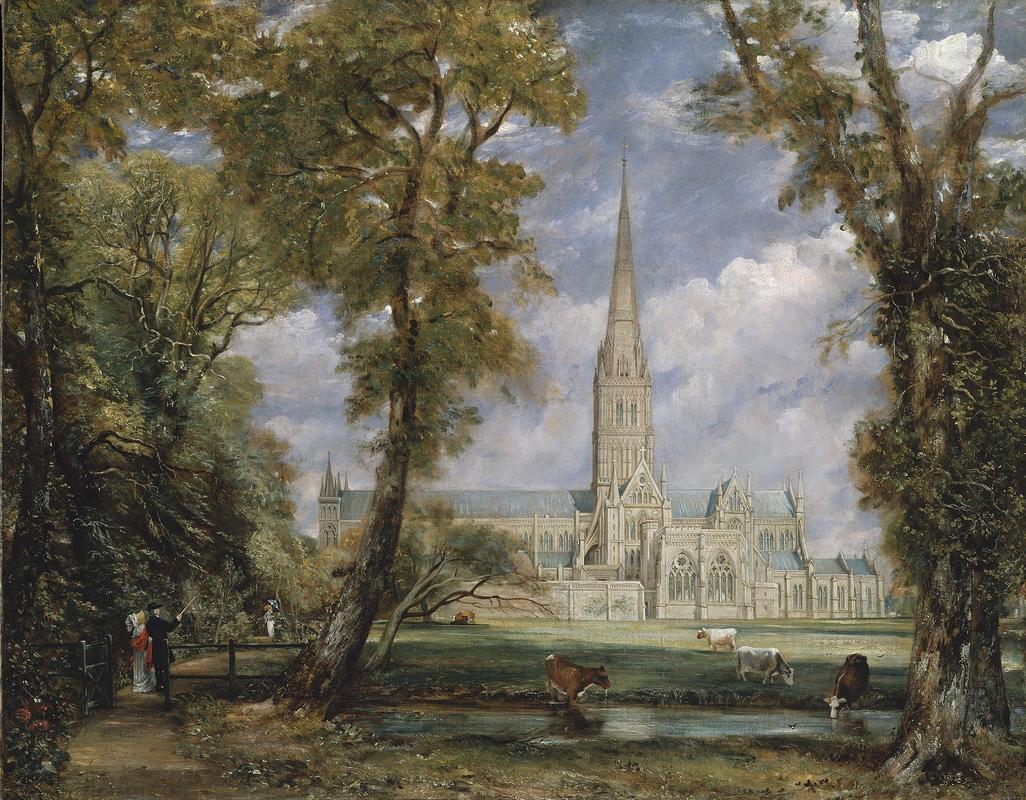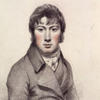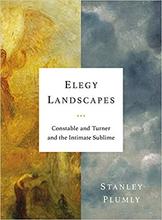More about Salisbury Cathedral from the Bishop's Grounds
- All
- Info
- Shop

Sr. Contributor
John Constable’s paintings of Salisbury Cathedral are bound to give you a bit of deja vu.
There are just so many of them. You’d think we were talking about the Lansdowne Portrait. But unlike the image of George Washington, we can’t use popularity as an excuse for this proliferous painting. Rather, it’s a case of an overly-picky patron, which should come as no surprise either.
A bit ahead of his time, Constable ventured out into the countryside and found inspiration in nature before Monet made open-air painting cool. Despite his lack of celebrity during his own time, Constable found some contemporary, if finicky, fans. This painting reflects the time’s spirit of heightened English nationalism. The Bishop of Salisbury, Dr. John Fisher, commissioned Constable to paint a scene of his beloved cathedral, imploring the artist to marry the English countryside and the cathedral’s soaring, Gothic architecture. You can see the Bishop himself in the painting’s lower left corner.
The cathedral itself has a prodigious history. The first iteration of the cathedral dates back to 1092 – four centuries before Columbus sailed the ocean blue! Now that’s old. It owns the best preserved copy of the four original issues of the Magna Carta, a 1215 document in which monarchs guaranteed legal rights to the people they governed for the first time. The cathedral’s spire is the tallest in England, and it has the oldest working clock in Europe, which dates back to 1386.
So naturally, In a very Goldilocks fashion, the patrons wanted Constable to get the representation of this very important cathedral just right. Constable was good friends with the Bishop, and the cathedral’s Archdeacon happened to be his nephew. With these close ties at their disposal, the pair easily persuaded Constable to rework the composition a few times to their liking. The Met’s painting is a variation of one that resides at Frick Collection in New York. Another, gloomier rendition ended up at the Victoria and Albert Museum, and another, smaller one at the Huntington Library.
Sources
- Davies, Penelope J.E., Frima Fox Hofrichter, Joseph Jacobs, Ann M. Roberts, and David L. Simon. Janson’s Basic History of Western Art. 8th edition. Upper Saddle River, NJ: Pearson Education, Inc., 2009.
- Khan Academy. “Salisbury Cathedral.” Gothic. https://www.khanacademy.org/humanities/medieval-world/gothic1/a/salisbu…. Accessed December 28, 2018.
- Pennsylvania Academy of Fine Arts. “George Washington (The Lansdowne Portrait).” Collection. https://www.pafa.org/collection/george-washington-lansdowne-portrait. Accessed December 28, 2018.
- Salisbury Cathedral. https://www.salisburycathedral.org.uk/history. Accessed December 28, 2018.
- The Frick Collection. “Salisbury Cathedral from the Bishop’s Garden.” Objects. https://collections.frick.org/objects/79/salisbury-cathedral-from-the-b…. Accessed December 28, 2018.
- The Metropolitan Museum of Art. “Salisbury Cathedral from the Bishop’s Grounds.” Collection. https://www.metmuseum.org/art/collection/search/435922. Accessed December 28, 2018.
- The National Gallery. “John Constable.” Artists. https://www.nationalgallery.org.uk/artists/john-constable. Accessed December 28, 2018.
- Victoria and Albert Museum. “Salisbury Cathedral from the Bishop’s Ground.” Collections. https://collections.vam.ac.uk/item/O56227/salisbury-cathedral-from-the-…. Accessed December 28, 2018.













I like the detail that went into the painting! He seems to put a lot of emphasis on the church in the background with all the small details that really make the painting!